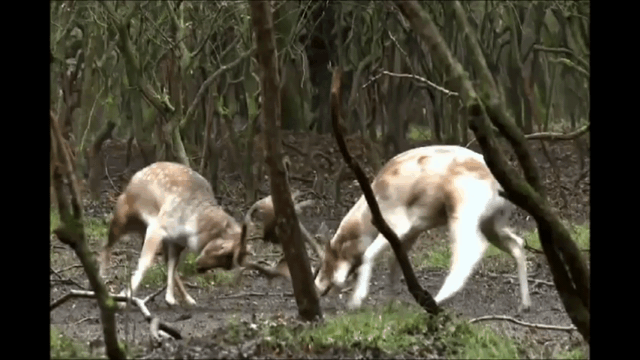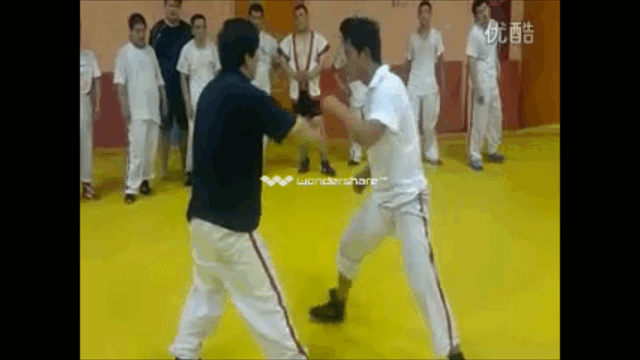Now this is an interesting question. I answered it in the affirmative earlier, but let me add a bit more nuance ...
The question of whether two people are training the same art or different arts or different styles of the same overarching system is a lot like the debate in linguistics around whether two groups of people are speaking different languages of just different dialects of the same language.
(If you aren't familiar with the complexities of those discussions, I highly recommend that you look it up. It's a fascinating topic.)
One famous answer to the dialect vs language question is "A language is a dialect with an army and a navy." In other words, the categorization is often made along political lines rather than linguistic ones. Linguists typically look at mutual intelligibility. (Although that gets complicated in a way I'll get to later.) But politically ...
Hindi and Urdu are mutually intelligible, although they use different writing systems. Politically - different languages.
Many Chinese languages are less mutually intelligible than English and Spanish and are joined only by a common (non-phonetic) writing system. But for purposes of national unity, the Chinese government considers them to be dialects.
Serbian and Bosnian are considered by linguists to be variations of the same language, but politically they are officially considered to be separate languages.
The languages of Italy, such as Lombard and Sicilian, are officially considered by the government to be dialects of standard Italian. This despite the fact that they are not necessarily any more mutually intelligible than Italian and Spanish.
Of course, English is just English ...
Even if you take a strictly linguistic, apolitical viewpoint, mutual intelligibility is a tricky metric. As the clip above illustrates, you can find plenty of examples where groups A and B can understand each other, groups B and C can understand each other, groups C and D can understand each other, but groups A and D cannot.
So how does this relate to martial arts? Just as with languages, there are situations where two martial artists who officially practice style A may have more discrepancy in technical execution, training methods, and philosophies than two other martial artists who officially practice styles B and C. Some styles splinter over ego, personality conflicts, political disagreements, or arguments over what should be included in the curriculum. Other styles allow huge amounts of technical variations. Other styles undergo convergent evolution and learn from each other. Your experience learning BJJ from me might be very different from your experience at another gym.
By the standard metric most people use for differentiating styles, I consider styles like modern Judo, BJJ, Danzan Ryu, and Sambo to be different arts stemming from a common root. (BTW, officially BJJ is considered an offshoot of Judo. But modern Judo has evolved in its own way as much as BJJ over the same time period. So I'd consider modern Judo and modern BJJ to be sister arts rather than parent-child.)
My more controversial opinion is that close quarter grappling arts like Judo, BJJ, catch wrestling, folkstyle wrestling, Sambo, Shuai Jiao, Sumo, Danzan Ryu, etc are different combat sports when practiced for competition purposes. But I consider them all facets of the same art when practiced for combative purposes. There's nothing I've learned from Judo or Sambo or Sumo or catch or freestyle that doesn't make me better at using BJJ in a fight. These systems are different in terms of their adaptation to different competition rulesets and in terms of the cultural trappings they come packaged in. But the underlying physical principles are all the same.
. On more serious notes, here is some background on the problem.


